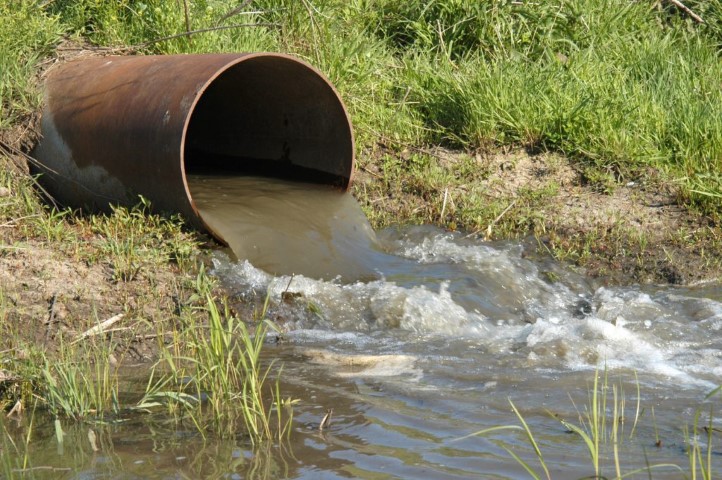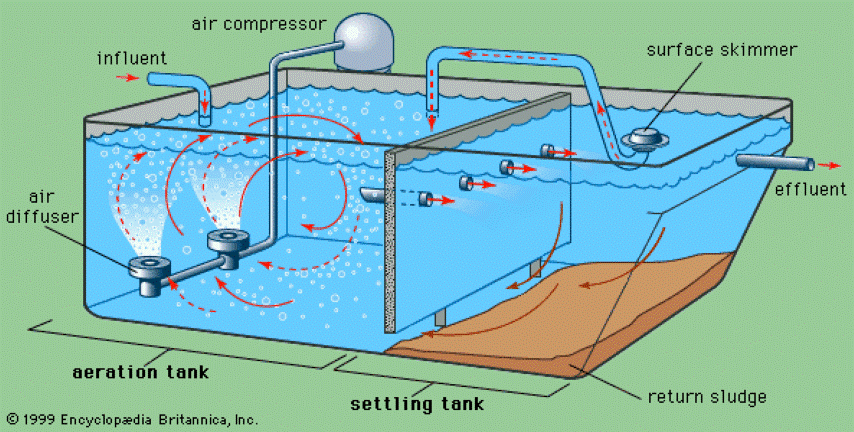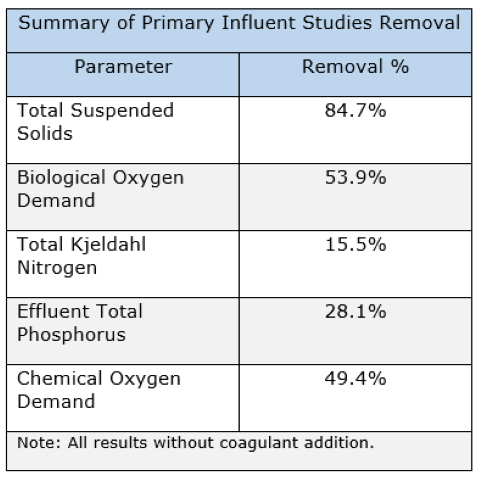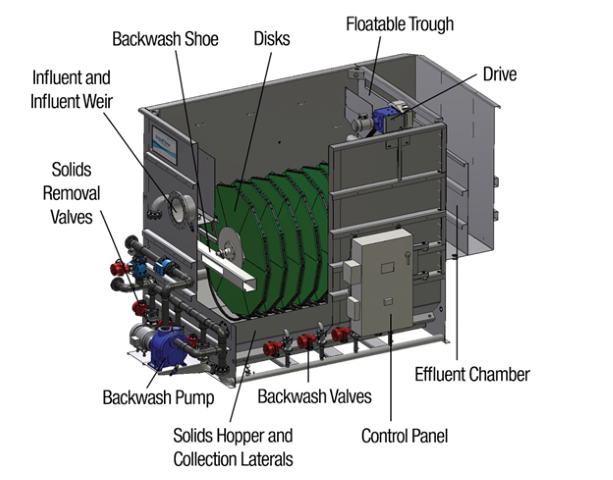Nutrients in our water - too much of a good thing and how to get rid of them
Too many nutrients in our water streams can mean large environmental, social and economic costs. Wastewater treatment plant effluent is a common point source that discharges these nutrients, specifically nitrogen and phosphorus, into receiving streams and waterways.

As many states move to regulate nutrients in discharge, there are many wastewater treatment plants that need improvements to meet the new loading requirements. Luckily, the technology is there to meet this challenge and there are many ways to remove both nutrients. These approaches include mechanical, biological and chemical removal, and many times solutions come by using a combination of these methods.
Of these approaches, chemical and biological treatment are most common. For both nutrients, you must consider that the total concentration is made up of two forms. particulates that can be filtered or settled out, and soluble, or dissolved nutrients. The soluble forms are often harder to remove than particulates. Chemical treatment to remove phosphorus involves adding a coagulant to react with soluble phosphate to form solid precipitates, which can be removed by gravity or through filtration. Biological nutrient removal uses tanks in series. Each sequenced tank uses created conditions to promote different biomasses, which are capable of taking up nutrients and removing them from the wastewater.

Mechanical primary treatment is a type of filtration that can be used on its own or with coagulant addition. This relatively new process is beginning to grow in popularity because of its ability to remove nutrients and suspended solids early on in treatment, creating significant impacts to the required treatment methods downstream.
There is a variety of technology available when it comes to mechanical primary treatment, with filter media ranging from metal sieves, screens, and cloth, carpet-like material. The graphic below demonstrates one of the technologies available. Aqua Aerobic is a leader in the cloth media market, for their design wastewater enters a tank and filters through the thick cloth media disks to the central effluent pipe. With a pore size of 10 micrometers (μm), these cloth filters have higher removal rates than sand filters and metal sieve competitors. These units feature automatic backwashing and primary sludge collection and pumping. This mechanical primary technology boasts large removal rates and uses approximately 10% of the footprint of conventional primary settling basins.
Mechanical treatment in a primary filtration application, without chemical additional, can achieve high removal rates for a variety of parameters as shown in the table below.

These filters, even with their small pore size, cannot completely remove organics in their dissolved soluble form. When these primary units are paired with coagulant addition, the soluble nutrient will then react to form flocs which can be more easily removed by the filter. Adding this process can double or triple the removal rates for Total Kjeldahl Nitrogen and total phosphorus. Again, using a primary filter is just one of many nutrient removal treatment alternatives. These different methods can be used on their own or paired. The benefits of the biological removal method and its unique considerations will be discussed in the next nutrient removal blog post.
 Katie McKirahan develops Facility Plan Reports and designs
Katie McKirahan develops Facility Plan Reports and designs
wastewater treatment plants, water and gravity sewers, and force
main extensions. She is involved in all phases of a project from
preliminary concepts to design to construction. She can be reached
at
Collaborative, Insightful, Results-Driven Solutions
Fehr Graham provides innovative engineering and environmental solutions to help improve the lives and communities of our customers.

